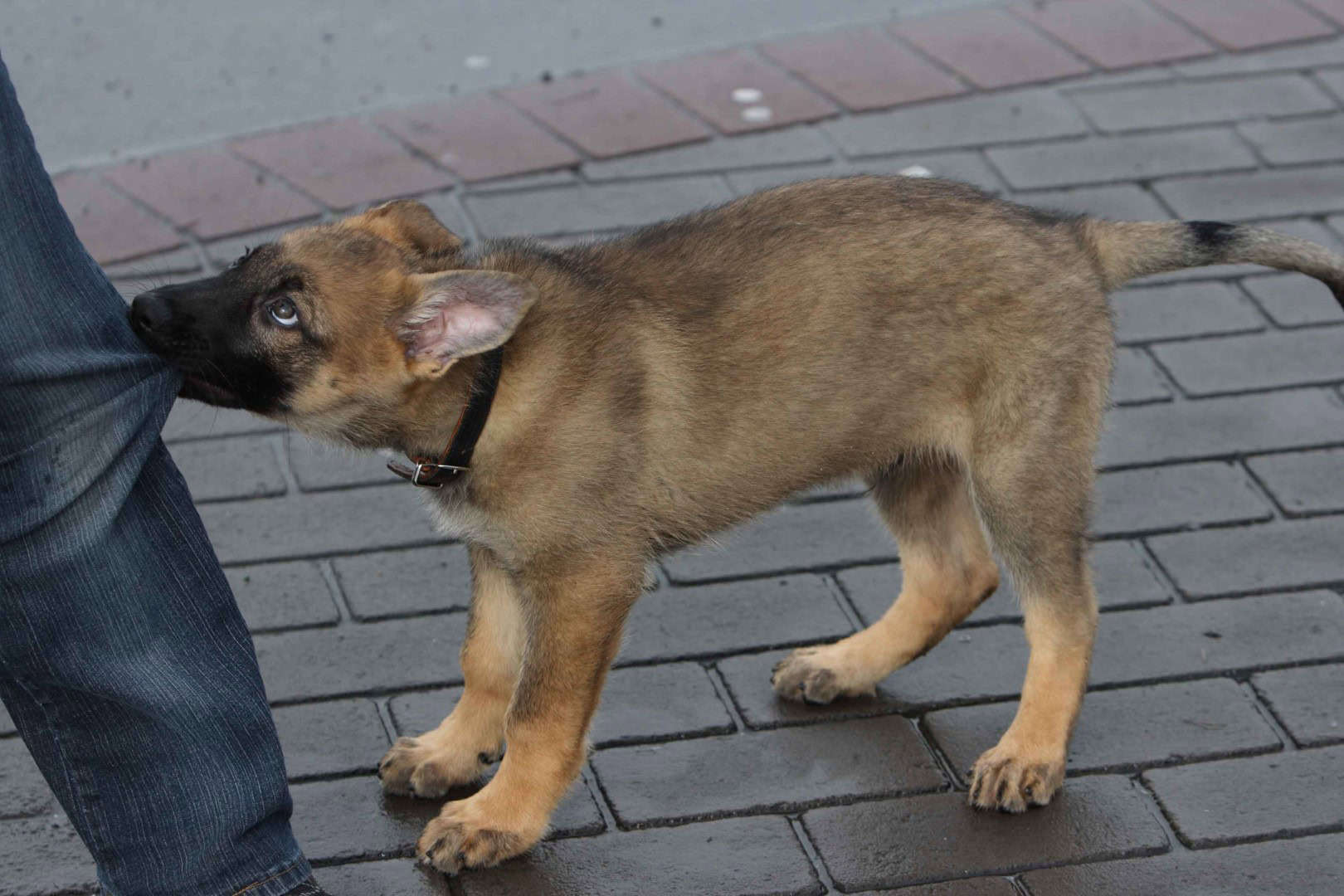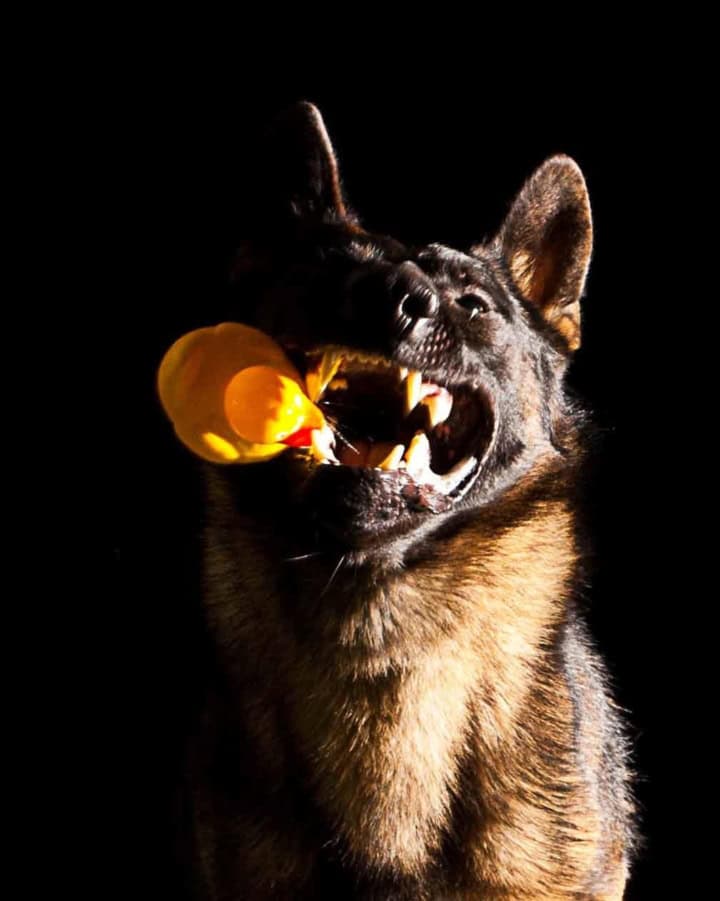Following: The Most Important Puppy Obedience Lesson To Teach
Right now I’m watching my puppy class. All owners are committed, all are keen, and all are sponges wanting more information. Yet very few are actually doing their key homework which has been continually stressed. Their own fears have prevented them.
Their homework, since the start of class, was to work on their puppies following them (because back then their puppies followed them everywhere). If you reinforce this behaviour at the start, it stays. Following was to be done off-leash, in safe places, in both public and at home, starting at eight weeks old.
As their puppies age, at about sixteen weeks, the following starts to disappear. If it has been heavily reinforced and freedom has always been given, their following will decline just a wee bit, but not disappear. It turns out that very few had done their homework in class- so it disappeared.
Following (which turns into coming back when called) is the most valuable thing that we can teach our puppies. If you don’t trust them off-leash at eight weeks old when you can literally out-run them, then you don’t stand a chance when they turn into fast adolescents. Puppies need to be free from the start, so that they can explore their world, freely, with us there as their back-up when needed. Where we live in BC, it is safe to do this, and we get to live a glorious free life with our dogs, providing they are trained.
Raising a puppy is a delicate balance between being a protective mother-bear, and giving them freedom to make their own choices, (choices that we know the outcome of in advance and are fully sure that our puppies will get the information that THEY need for their success).
We need to know when to pick them up and make them safe, and then know when to put them on the ground and help them through an interaction, or when to leave them be, with no commands at all, so that they can work it out on their own, and then have fun chasing us as we run away. This delicate balance seems very challenging for people to grasp.
We need to school our wee babies on the ways of the world, and be ready to help and protect when needed. However, we must fight the urge to micro-control, and we must force ourselves to give them freedom (in safe places with distractions of safe people and dogs, where we know we can control the outcome). If we don’t ever take off their leashes, and allow them freedom to make the right choices with distractions, they will never have a chance to become the great dogs that they can be.
Off-leash means that you need control. When they are tiny, you do not have it. But you can outrun them and catch them when needed. Or let them drag a long-line incase they are too fast!
Freedom is the hardest piece to get owners to do. People are too scared to let their babies have the freedom going past a neutral person with a neutral dog. If you always call them back, clip them on leash, and march through, you are telling your dog that you have an issue with people and their dogs. This will turn into fear or aggression in many puppies as they age… when really they are just following your lead. They are doing as you have demonstrated through your example.
Instead, coach your wee Baby through these moments so that the experience is good for them, and so that they left knowing that you are still the coolest person in the world.
My clients are showing me that this might be one of the hardest things to learn…but I suppose something as valuable as giving your dog freedom, for a lifetime of enjoyable walks, shouldn’t be easy to teach.
Monique Anstee


